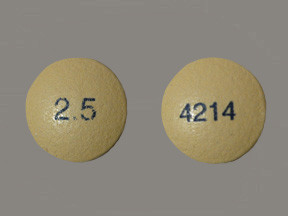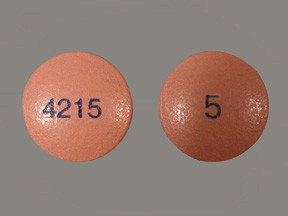SAXAGLIPTIN - ORAL
PHONETIC PRONUNCIATION: (SAX-a-GLIP-tin)
COMMON BRAND NAME(S): Onglyza
GENERIC NAME(S): saxagliptin HCl
Uses
USES: Saxagliptin is used with a proper diet and exercise program to control high blood sugar in people with type 2 diabetes. Controlling high blood sugar helps prevent kidney damage, blindness, nerve problems, loss of limbs, and sexual function problems. Proper control of diabetes may also lessen your risk of a heart attack or stroke. Saxagliptin works by increasing levels of natural substances called incretins. Incretins help to control blood sugar by increasing insulin release, especially after a meal. They also decrease the amount of sugar your liver makes.
How to use SAXAGLIPTIN - ORAL
HOW TO USE: Read the Medication Guide and, if available, the Patient Information Leaflet provided by your pharmacist before you start using saxagliptin and each time you get a refill. If you have any questions, ask your doctor or pharmacist. Take this medication by mouth with or without food as directed by your doctor, usually once daily. The manufacturer directs not to split/cut the tablet before taking it. However, many similar drugs (immediate-release tablets) can be split/cut. Follow your doctor's directions on how to take this medication. The dosage is based on your medical condition, response to treatment, and other medications you may be taking. Be sure to tell your doctor and pharmacist about all the products you use (including prescription drugs, nonprescription drugs, and herbal products). Take this medication regularly to get the most benefit from it. To help you remember, take it at the same time each day. Carefully follow the medication treatment plan, meal plan, and exercise program your doctor has recommended.
Side Effects
Precautions
Interactions
Overdose
Images
Reviews
Faq for SAXAGLIPTIN - ORAL
Saxagliptin is an oral medication that belongs to the class of drugs known as dipeptidyl peptidase-4 (DPP-4) inhibitors. It is used together with diet and exercise to control blood sugar levels in adults with type 2 diabetes.
Saxagliptin works by increasing the levels of incretin hormones in the body, which stimulate the release of insulin from the pancreas and reduce the production of glucose by the liver. This helps to lower blood sugar levels in individuals with type 2 diabetes.
Common side effects of saxagliptin may include upper respiratory tract infections, urinary tract infections, headache, and diarrhea. However, not everyone will experience these side effects, and they usually go away on their own without any treatment.
Saxagliptin can be used alone as a monotherapy or in combination with other diabetes medications, such as metformin or insulin. Your healthcare provider will determine the most suitable treatment plan based on your individual needs and condition.
Saxagliptin should be taken orally exactly as prescribed by your healthcare provider. It is typically taken once daily with or without food. Follow the instructions given by your doctor or pharmacist for the best results.
Saxagliptin is less likely to cause low blood sugar (hypoglycemia) compared to some other diabetes medications, especially when used as a monotherapy. However, if you are also taking other diabetes medications that can lower blood sugar, the risk of hypoglycemia may increase.
There is limited information available regarding the safety of saxagliptin use during pregnancy or breastfeeding. It is recommended to discuss the potential risks and benefits with your healthcare provider before using saxagliptin in these situations.
If you miss a dose of saxagliptin, take it as soon as you remember. However, if it is close to the time for your next dose, skip the missed dose and resume your regular dosing schedule. Do not take a double dose to make up for a missed one.
Regular monitoring of blood sugar levels is important while on saxagliptin to ensure it is effectively managing your diabetes. Your healthcare provider will determine the frequency of monitoring based on your individual circumstances.
Disclaimer
IMPORTANT: HOW TO USE THIS INFORMATION: This is a summary and does NOT have all possible information about this product. This information does not assure that this product is safe, effective, or appropriate for you. This information is not individual medical advice and does not substitute for the advice of your health care professional. Always ask your health care professional for complete information about this product and your specific health needs.


No Reviews Yet